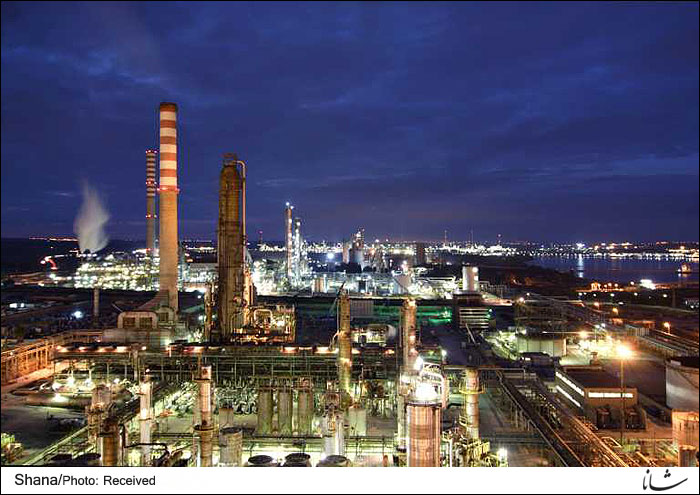The traditional energy economic principles that have been impacted by these changes are the following:
A- Oil is a finite resource.
B- The supply and demand curve has a slight slope.
C- High level of price inelasticity exists in crude oil supply and demand.
D- The flow of energy is from east to west
E- OPEC has a stabilizing impact on the global crude oil market.
This report will first elaborate on new factors impacting the global energy economy and then make reference to the effect of these developments on the natural gas market.
1- Fundamentals of the new energy economics:
Revision of the first fundamental: Crude oil is a finite resource.
- The world has consumed approximately 1 trillion barrels of crude oil during the past 35 years. During the same time period more than 1 trillion barrels of new proven crude oil capacity has been discovered; furthermore the volume of crude that could technically be extracted from these proven reserves in 2014 was 2.5 times more than that of 1980. But an important new factor has emerged that influences the fossil fuel consumption. The world is now more concerned about the consequences of fossil fuel burning than it is about diminishing crude oil reserves. If all discovered fossil fuels are burnt, 2.8 trillion tons of CO2 will be emitted which is one trillion tons more than CO2 emission it takes to increase the world temperature by two degrees centigrade. It should be noted that 60 percent of GHGs emitted is as a result of coal burning. Naturally there are two general conclusions. A) Regardless of the varying level of demand for different fossil fuels, the overall fossil fuel consumption must be lowered. B) Among all the fossil fuels in current use, a source with least emission must be focus on.
Revision in the second fundamental: Slow slope of the supply demand curve and inelasticity of the crude price in relations with demand:
- Contrary to conventional crude oil production where after initial investment, production is sensitive to short term price fluctuations, shale oil production is irresponsive to short term price fluctuations; that is because 75 percent of shale oil produced occurs during the first year of production, and continued production requires orderly and new investment which in turn is sensitive to crude oil prices. Moreover most of the shale oil production is done by small private firms with limited financial capital, whereas conventional production is done by large national and international companies requiring considerable investment which make them vulnerable to price fluctuations. When crude prices are high, shale oil production are economical and recovery of capital investment will be quick relative to conventional production. That in turn results in increased supply and reduced crude prices. With lower prices, investments will be diverted away from production of non-conventional crude and a reduction in supply will follow consequently resulting in an increase in future crude prices. Under such circumstances countries with variety of energy exports (oil & natural gas) will be less vulnerable to financial risk due to price fluctuations than to those depending entirely on oil exports.
Revision of the third fundamental: the flow of energy is from east to west.
- During the last ten years demand for oil in the west has peaked out and is now on decline. Due to increased efficiency, demand for consumption of oil in the U.S and Europe is decreasing. The European oil consumption in 2035 will be equal to what it was in 1960 while its GDP has increased fourfold. Contrary to oil, due to reduced domestic production and EU’s energy policies, European dependency on natural gas is on the rise. In other words, while the focus of oil consumption has been moved from west to east, natural gas based economy is now focused on many areas.
Revision of the fourth fundamental: OPEC has stabilizing effect on the global oil market.
- Oil market developments have demonstrated that OPEC can only bring stability during short term market fluctuations and is unable to manage structural and technical developments of commercial scale increase in production of shale oil and the resulting increase in supply. That is the reason why OPEC’s intervention in the market to boost crude prices leads to loss of market share by the organization. Even OPEC’s non-interference in the market for the purpose of keeping prices low so that the organization can hold on to its market share can only work in the short term. Technological advancement and diminishing production costs will render this policy ineffective in the long run.
2- The impact of new energy economics on natural gas: observing the factors influencing new global energy economy one can conclude the following with regard to natural gas sector:
- Since environmental concerns in regard with mitigation of CO2 emissions are now an important international concern, attention is new focused on increased use of the natural gas.
- Energy exporting countries that can have variety in their exports (oil and natural gas) are in a better position to control harmful effects of fluctuations in global crude oil prices as compared to those whose exports are limited to just oil due to nature of natural gas contracts.
- Despite faltering European demand for crude oil and displacement of the focus for global crude oil demand from west to East Asia, the European natural gas market is gaining momentum due to dwindling domestic production; and global gas market economy is set to face more variety in the future.
By Mohammad Sadeq Jokar, Energy Analyst
Translator: Mohammad-Reza Ghaffari


Your Comment